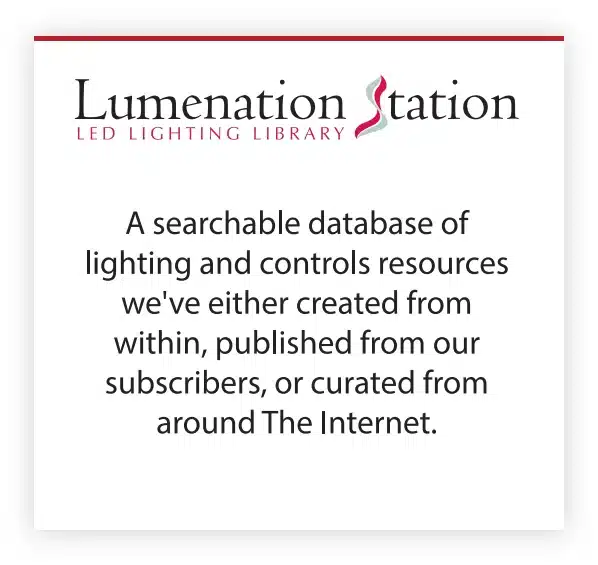Dear Reader:
What makes a string of LEDs light up? What gives the diodes the ability to dim, adjustable to the human hand, or perhaps per a preset regime of electronic settings? It’s a device known as a driver, and its purpose is to regulate power to the LED circuit. The more voltage it sends to the diodes, the higher the output, and vis-versa.
We’ve referenced Taylor Scully’s work before, a representative of LEDSupply, and he’s written an informative blog post that can be found here: Understanding LED Drivers and How To Choose the Right One. While the Facilities Manager should have very little need to purchase drivers individually – they come ‘packaged’ into whatever fixture is being purchased, and the rated life of the fixture is typically a significant number of years – it might be useful to at least understand the contours of what the driver does.
The LED driver is a power supply which has outputs that are matched to the electrical characteristics of the diodes. As the diodes light up, their temperature increases, and it’s the job of the driver to compensate for these changes while delivering a constant current to the diodes. Without the correct driver the diodes would become too hot and unstable resulting in failure and bad performance. To ensure the diodes function perfectly the self-contained LED driver is required to supply and maintain a constant amount of power to the diodes.
So, with the fundamentals in-hand from the above, one of the first questions to ask when in the midst of any lighting system due diligence is whether you’ll need your fixtures to dim. Will there be a need for what we refer to as the high-end output versus the low-end output, i.e. two different output settings for the fixture. Our contracting company uses this approach frequently when an area needs to be fully illuminated for work (high end), with occupancy within that area.
Conversely, when the occupants leave the area, the lighting can then be ‘downshifted’ to low-end, but not turn all the way off. With the controls platform, we typically set the low-end to 20%, and the driver is responsible for feeding those diodes only the voltage required for the diodes to achieve that 20% command.
This variability involves a particular type of driver, in this case known as a ‘dimmable driver’, and these are typically available in 0-10v increments. In other words, there are ten settings offered to the Facilities Manager, from 0 to 100 in 10% increments. See The Fabulous Lighting Maven publications on dimming.
LightingSupply.com has put together a quick video tutorial that is worthy of your eyes. Less than two minutes long, you might want to take a look here: The Basics of LED Drivers by LightingSupply.com
Want more? Perhaps a story or two from our real-world experiences in the field? Give me a call at (616) 570-9319.






